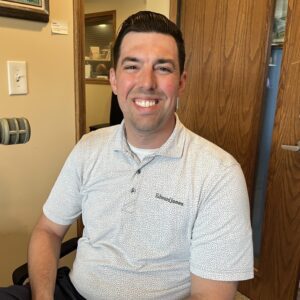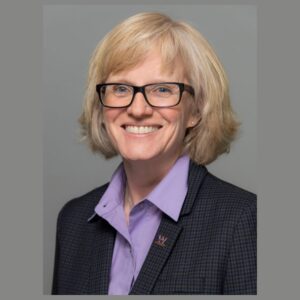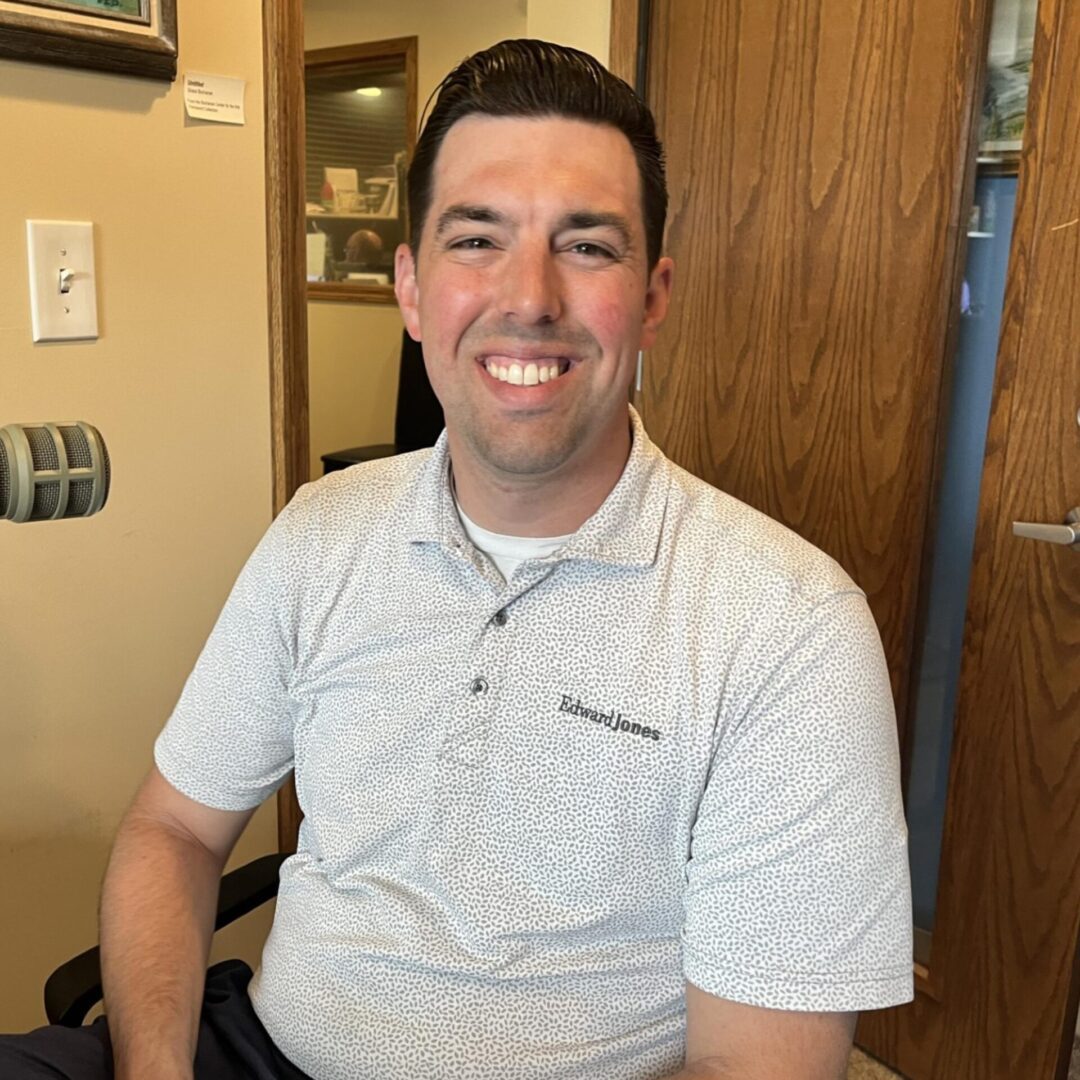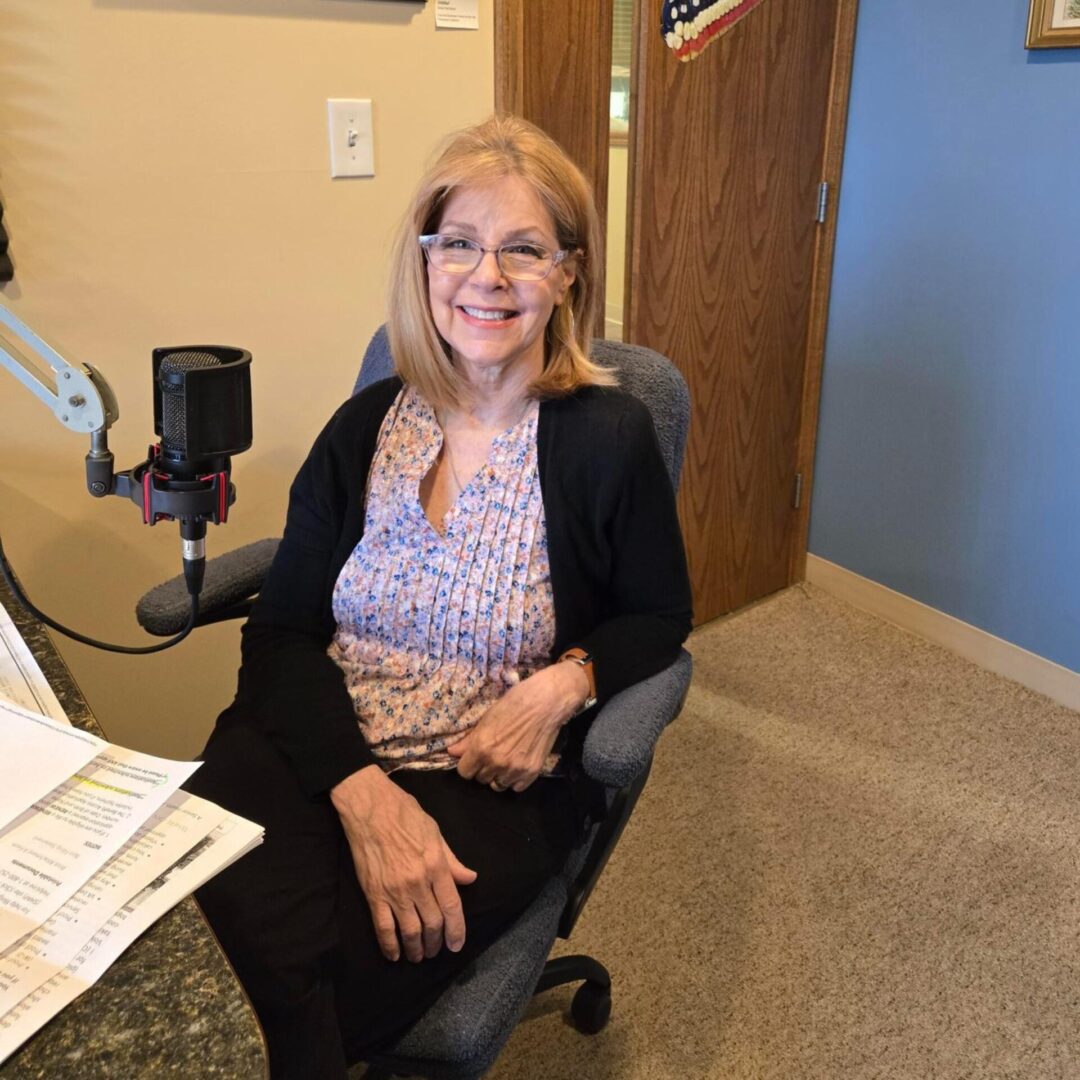Respiratory distress can develop quickly in children, often from viral infections like RSV or influenza. Knowing when to seek care is vital, says Dr. Kelsey Grimes, a pediatrician with OSF HealthCare. “During work-time hours, you can call your pediatrician’s office and try to get a same-day appointment,” she says, noting that emergency care or 9-1-1 may be needed in severe cases. From using nasal saline and humidifiers at home to recognizing emergency signs, proactive steps help parents protect their children’s health. Read the full story here.
September 15, 2025 – Across the board, late 2024 to early 2025 was recognized as a “rough” respiratory illness season.
“It was the season we had been predicting for five years, and we had a conjoining of three diseases,” says Brian Curtis, MD, vice president chief medical officer for OSF Medical Group, part of OSF HealthCare, headquartered in Peoria, Illinois.
RSV (respiratory syncytial virus), influenza and COVID-19 were all heavily circulating communities in the winter months, all at the same time.
This puts a tremendous strain on the entire medical system for so many people to all get sick at once, Dr. Curtis adds. From a clinic setting, to an emergency department (ED) setting and everything in between, an influx of patients at the same time can impact how quickly people can be seen for other health concerns.
Dr. Curtis says the 2024 respiratory illness season had reverted to a traditional pattern of RSV and Influenza circulating in the fall and winter months which is a “normal” respiratory illness season. Influenza started circulating in October and November and peaked in January and February (2025). RSV “reared its head” in the late winter, Dr. Curtis adds, which is generally expected. Along with COVID circulating through the same period. The confluence of these three viruses made a difficult busy respiratory season.
How does this impact the 2025-2026 season?
“You don’t know,” Dr. Curtis points out.
There are a few key factors to pay attention to which will help paint the picture over time.
– How effective the influenza vaccine is
– How many people receive the flu vaccine
“Flu vaccines are ready. So, if you’re ready, we’re ready. People can start getting it now, and I’d recommend getting it by the end of October,” Dr. Curtis says.
You can schedule an office visit through OSF MyChart to receive a vaccine at any OSF Medical Group – Primary Care location, or by visiting an OSF OnCall Urgent Care or OSF PromptCare walk-in clinic. You can also be seen at these locations for several health concerns like viral illnesses. OSF OnCall Urgent Care also offers the option to make a reservation ahead of time but also accepts walk-in patients.
– How many high-risk individuals receive the RSV vaccine
There are two one-time RSV vaccines. The adult vaccine, which is a vaccine in the traditional sense, for people who are high-risk. This is supposed to help train your immune system to recognize and fight off certain viruses or bacteria, without getting severely ill.
Those who can receive the shot include pregnant women (who are 32 to 36 weeks pregnant who will deliver during the RSV season), all people 65 and older, and those 50 and older who have serious health conditions such as chronic heart disease, chronic lung disease, severe diabetes and a weakened immune system.
The second vaccine is for very young kids, and it’s a monoclonal antibody, which is a lab-made protein that works like natural antibodies and helps your body fight infections. It’s called Beyfortus® (nirsevimab-alip). It’s an injection for babies under 8 months of age entering their first RSV season.
If your child has serious health challenges like being on oxygen, having heart issues or lung issues, you might want to consider having your child receive nirsevimab into their second RSV season as well. But Dr. Curtis says to speak with your health care provider, as each situation can be unique.
– How members of the public respond when they are sick
Besides receiving your vaccines, hand washing, staying home when sick and covering your cough are three tips Dr. Curtis gives to not spread your germs to others. Last year, Dr. Curtis adds, people were returning to pre-pandemic behaviors such as returning to work in person while sick, which causes viruses to spread more rapidly.
Flu vaccine myth
Dr. Curtis advises it’s never too late to receive your flu vaccine.
“If it’s December or January and you haven’t gotten it, you can still get it. It’s still worthwhile and beneficial for you to do that. So don’t think ‘it’s halfway through the season why bother now?’ Flu doesn’t care where it’s in the season and it doesn’t care who you are.”
It’s a myth to think that if you get your flu vaccine early, it won’t protect you for the whole season. Dr. Curtis says that’s just not true.
What mild symptoms look like (and what to do)
Most mild cases of respiratory illnesses like RSV, COVID-19, influenza and rhinovirus or enterovirus (common cold) can be taken care of in the comfort of your own home.
“That could be a low-grade fever, cough, congestion and body aches.” Dr. Curtis advises, “Tylenol and Motrin can be used, if your health circumstances allow for it, and then drinking fluids and having plenty of rest is the care for that.”
Seeking medical care from a health care professional, in any type of setting, is not needed for people with mild symptoms.
However, there are times when serious medical attention is required.
When it’s time to be seen by a medical provider
- Trouble breathing
- Unable to keep liquids down
- Fever not responding to Tylenol or Motrin
- People not acting like themselves mentally
- Serious illness lasting more than 7 days with no signs of improvement
What steps can you take now?
“The best thing you can do is take care of yourself and make sure your body is the healthiest it can be. That means prioritizing exercise, sleeping, eating right and limiting your intake of alcohol. Not taking care of your body can wear down your system and leave you susceptible to getting infections,” Dr. Curtis says.
OSF OnCall offers virtual options for patients to get care 24/7 through its Virtual Urgent Care. The appointment generally takes 5-10 minutes and gets sick patients a treatment plan within 30 minutes. No appointment is needed.
***Courtesy of OSF HealthCare***















